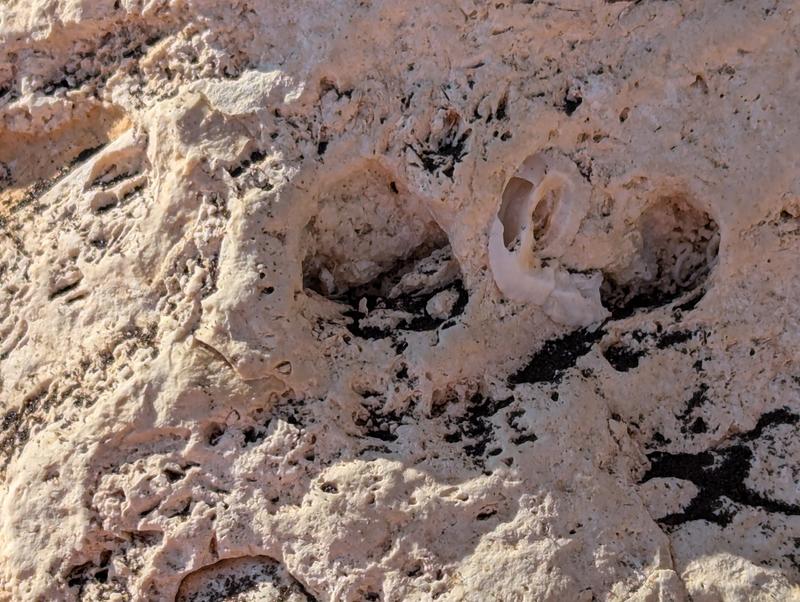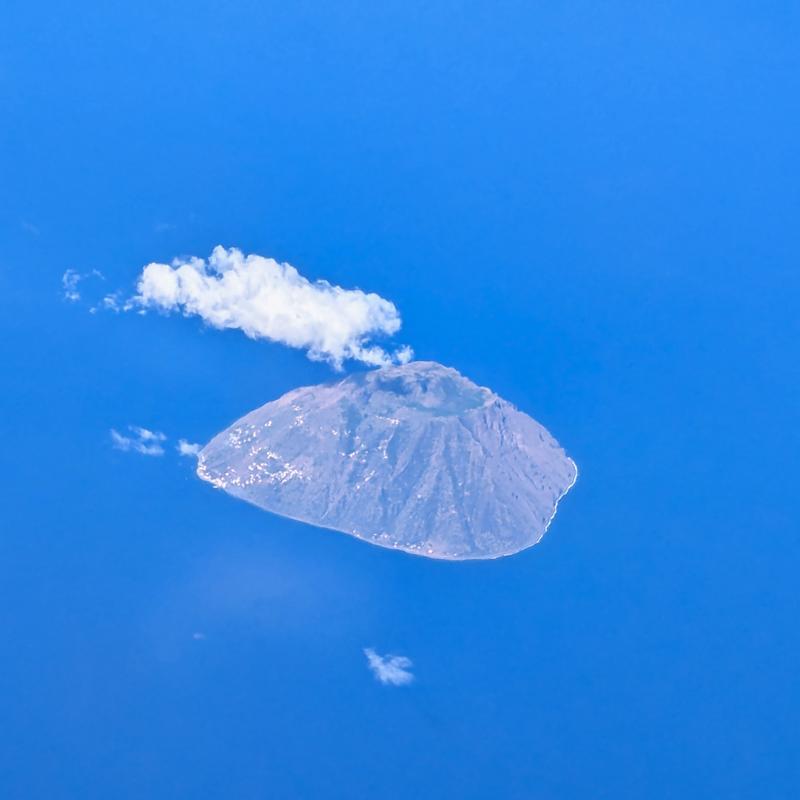Picture this: you’re an aviation engineer, meticulous about safety, headed to Sicily for a well-deserved vacation. Suddenly, Mount Etna erupts, throwing a wrench into travel plans.
Chaos? Nope. A fascinating lesson in aviation safety, human behavior, and the power of nature? Absolutely.
This isn’t your average travel blog. It’s a peek into the world of aviation crisis management, seen through the eyes of someone who lives and breathes flight safety. We’ll delve into why volcanic ash is so dangerous to planes, how airlines handle these events, and the surprising things I learned from fellow travelers.
The Eruption and the Aftermath:
After visiting another beautiful beach in Sicily, we decided to stock up on food at a local shopping center along the way.
It was a very hot day. I was waiting in the parking lot reading the local news on my phone - after all, we only had a reliable internet connection once every few days!
An elderly couple who looked like tourists were closing the trunk and suddenly a thick cloud of black dust fell onto the older gentleman’s white canvas pants. It was a surprise for me. What was that?
Well, it turned out that Etna is more active again. It throws out clouds of ash and lava. Flights are delayed or even cancelled since the today’s morning. Speed limits have been introduced for cars.
As we were travelling mostly on the other side of the island, we were unaware of this. Neither our host nor the residents - no one mentioned it.
There were no dust clouds visible yet beyond the hills.
Just a day later, black thistle sand appeared on a rocky beach several dozen kilometers from the airport in Catania.

Most (or maybe even all) flights on that day (July 5, 2024) were cancelled. Tourists paid for boat trips around Stromboli volcanic island and overlooking Mount Etna to capture the highlight of their vacation.
Some people took pieces of hardened lava back home with them.

The next day, in a nearby town, we heard tourists complaining about the airlines - that “Nothing major had happened”, that “Airlines are exaggerating…” (sic!)
This naive tourist fellows reaction motivated me to write a few words on this subject.
We were still wondering how long the delays would last having in mind the volcanic eruption in Iceland in 2010. When will flights resume? How will individual airlines treat their passengers - will they provide them with accommodation, meals and book flights?
What impact does volcanic ash have on aircraft safety?
Nobody usually thinks about it unless they are directly threatened by it themselves.
Few days later, we were approaching the airport by car. There was a visible layer of the volcanic ash cloud. It looks like a smog layer floating above the city. Not a very inviting sight.

Why Volcanic Ash is NOT Just Dust:
Volcanic ash isn’t like the harmless dust bunnies you find under your couch. It’s a mix of pulverized rock, glass, and minerals. When sucked into a jet engine, it melts due to the extreme heat, then solidifies on cooler parts, causing engine failure – not exactly what you want at 30,000 feet (or below)! It’s like sandblasting your car windshield while driving on a highway (at night it may look like the intro scene from the “Star Wars”).
Additionally, ash can abrade external aircraft components, disrupt electrical systems (like Pitot Tubes which measure the air pressure to determine the speed of the aircraft). Obviously, it significantly reduce visibility and make an uncomfortable smell inside the cabin. It’s a multi-pronged threat to flight safety.
It was the first time I saw air conditioning with cooling mist being used on an airplane. Nice experience in a hot day, but there was also a safety reason for that (I guess).
During the take off, I felt the smell of the burning electricity, which disappeared once we were above the volcanic cloud. This was a typical side effect of flying through a cloud of volcanic ash, as we can learn about in the video below.
How Airlines Navigate the Ash Cloud:
- The Science: Volcanic Ash Advisory Centers (VAACs) around the world use satellite data, ground observations, and complex models to track ash clouds, predict their movement, and issue warnings. Airlines rely on this information to make informed decisions.
- The Decision-Making: Airlines consider the concentration of ash, the aircraft type (some are more resilient than others), and the availability of alternative routes when deciding to delay or cancel flights. Safety always takes precedence, even if it means frustrating passengers.
- The Ground Crew Hustle: Kudos to the ground crews who work tirelessly in these situations. They’re the ones meticulously cleaning ash off planes and runways, rescheduling flights, and assisting stranded passengers.

The Tourist Take: A Lesson in Risk Perception:
I overheard some tourists grumbling about airlines overreacting. While their frustration was understandable, it highlighted the need for better public education. Most people don’t realize the serious risks volcanic ash poses to aircraft. Explaining this in a clear, accessible way could help travelers understand why delays and cancellations are necessary.
Takeaways for Business Travelers and Engineers:
- Respect Nature: Volcanoes remind us that nature’s power is immense. We can plan and prepare, but sometimes, we need to adapt.
- Trust the Experts: Airlines have rigorous safety protocols for a reason. Let the professionals do their job.
- Pack Your Patience: Travel insurance can be a lifesaver in situations like this.
- Ask Questions: Don’t hesitate to ask airline staff or crew members for information. Curiosity can help you understand the situation better.
Conclusion:
My unexpected Sicilian detour was a reminder that aviation is a constant dance between human ingenuity and the forces of nature. As engineers and business travelers, we have a unique perspective on the balance of safety and efficiency. Next time you hear grumbling about a delayed flight due to volcanic ash, remember: it’s not just dust, it’s a matter of getting everyone safely to their destination.
Have a nice trip and remember - Safety First!
Feel free to:
- Share this story with others ✈
- Subscribe to the “☕ Coffee with Anna” newsletter


